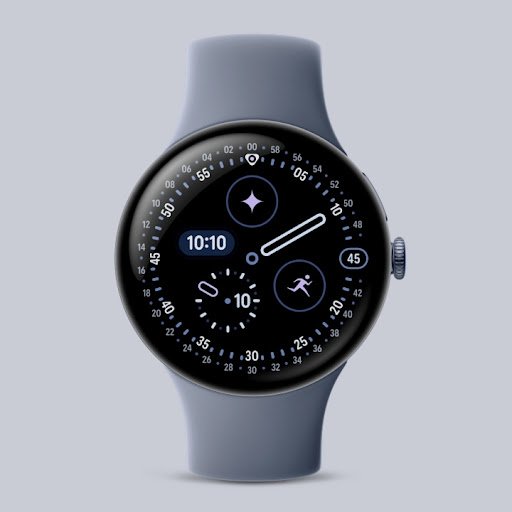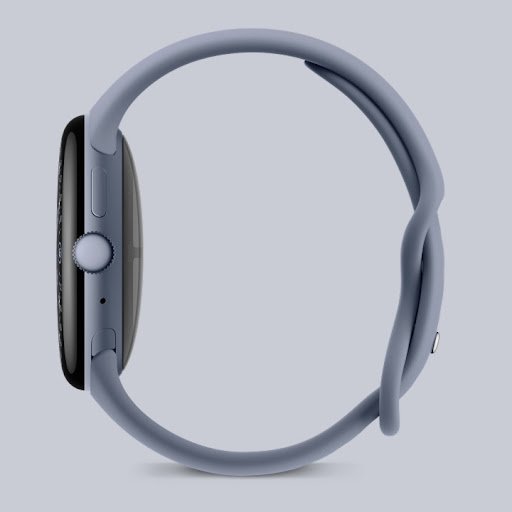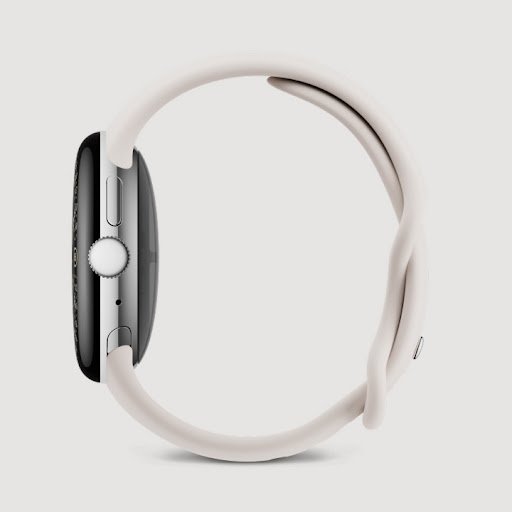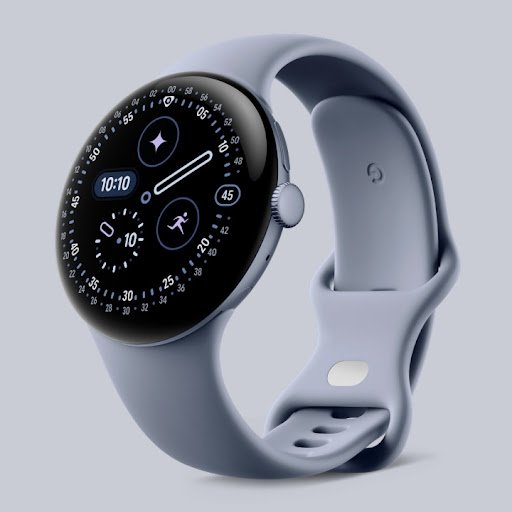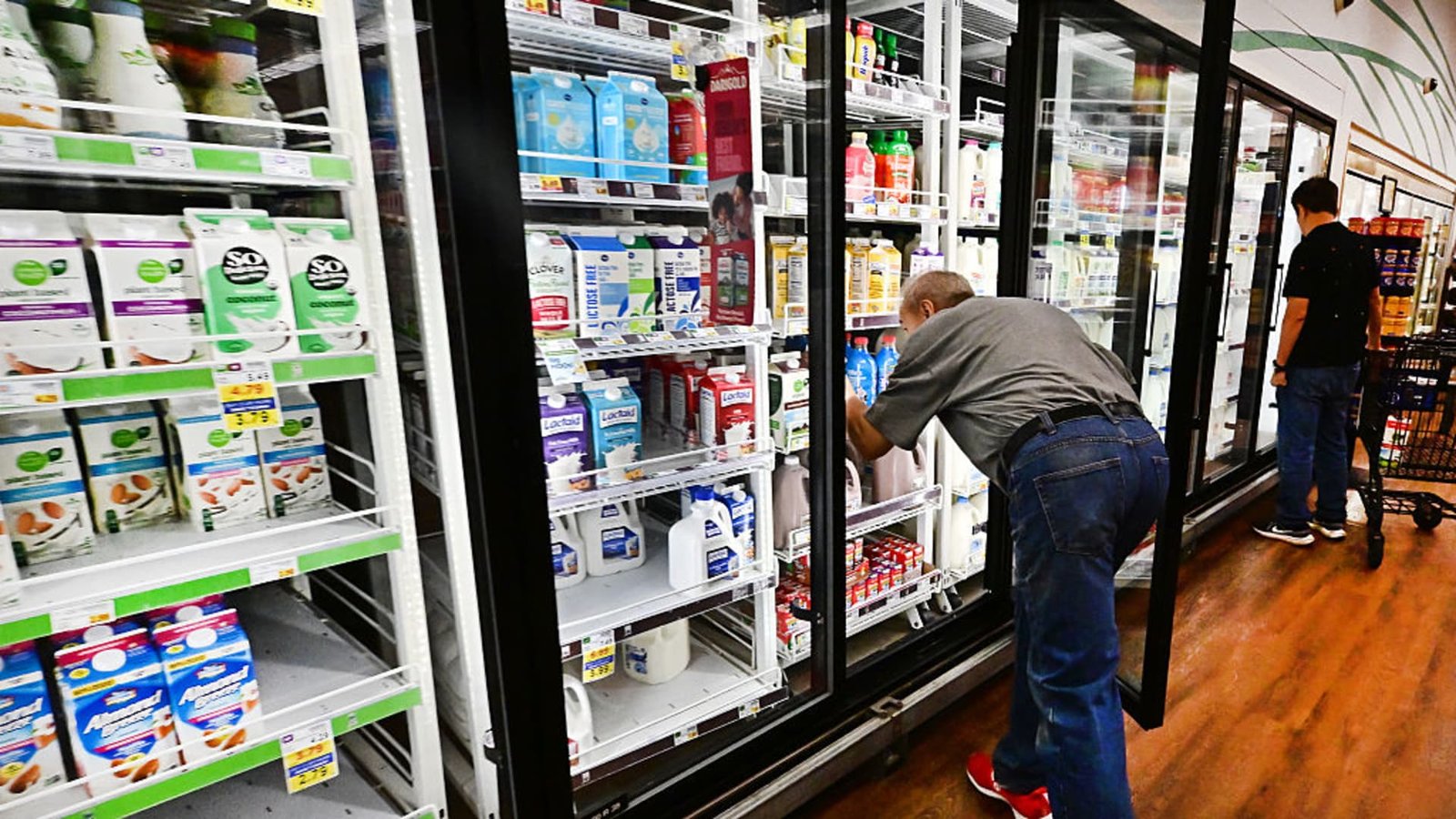A vaccine used to treat chlamydia in Australia’s koala population has been approved for rollout, in a world-first project.
Researchers from the University of the Sunshine Coast spent more than 10 years developing a single-dose vaccine to protect the famed Australian marsupial from the effects of chlamydia, which include urinary tract infections, infertility, blindness and death, the university said in a statement Wednesday.
Chlamydia is responsible for half of koala deaths in the country’s wild populations, which are predominantly found in the eucalyptus forests along Australia’s eastern coast.
“Some individual colonies are edging closer to local extinction every day, particularly in South East Queensland and New South Wales, where infection rates within populations are often around 50 percent and in some cases can reach as high as 70 percent,” Peter Timms, professor of microbiology at UniSC’s Centre for Bioinnovation, said in a statement.
Often used as an emblem of Australian culture, the fluffy gray marsupials can only be found in Australia, and are considered endangered in Queensland, New South Wales and the Australian Capital Territory. Aside from disease, the creatures are vulnerable to habitat loss, animal attacks and being hit by cars, and were named critically endangered in 2022, according to Australia’s World Wildlife Fund (WWF).
They are also often victims of the deadly bushfires that have ravaged Australia in its summer months in recent years. This year, some 860 koalas in Budj Bim National Park were shot from the air to “reduce suffering” after a bushfire, CNN affiliate 9News reported.
Antibiotics were previously used to treat chlamydia in koalas, but the drugs often interfere with their ability to digest their staple diet of eucalyptus leaves, causing them to starve to death.
Now approved by the Australian Pesticides and Veterinary Medicines Authority for production and widespread use, the chlamydia vaccine has already been trialed on hundreds of wild and captive koalas, according to UniSC, which noted it had already been tested across multiple generations of the animal in a study published last year.
“This study found that the vaccine reduced the likelihood of koalas developing symptoms of chlamydia during breeding age and decreased mortality from the disease in wild populations by at least 65 percent,” said researcher Sam Phillips, who led the study, which was the largest and longest study of wild koalas.
“It’s based on Chlamydia pecorum’s major outer membrane protein (MOMP), and offers three levels of protection — reducing infection, preventing progression to clinical disease and, in some cases, reversing existing symptoms,” he added.
In humans, chlamydia is a bacterial sexually transmitted infection that can cause infertility if left untreated.
The disease spreads in koala populations through reproduction and social behavior connected to mating. In addition, baby koalas — known as joeys — can catch the disease from their mothers.
EDITOR’S NOTE: Call to Earth is a CNN editorial series committed to reporting on the environmental challenges facing our planet, together with the solutions. Rolex’s Perpetual Planet Initiative has partnered with CNN to drive awareness and education around key sustainability issues and to inspire positive action.





